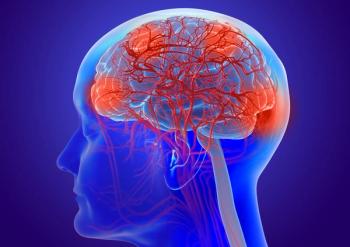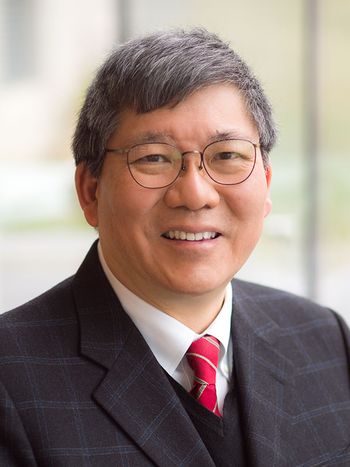
High-Grade Glioma Patients Should Not Be Excluded From Phase I Trials
Often excluded from early trials, adults with high-grade gliomas may be good candidates for solid tumor phase I studies of single agents, according to a new analysis.
Adults with high-grade gliomas (HGGs) may be good candidates for solid tumor phase I studies of single agents, according to a new analysis. These patients are often excluded from such trials for a variety of reasons.
“To maximize patient safety and minimize the chance of non-reproducible results, phase I studies use strict eligibility criteria that have historically excluded patients with primary CNS tumors such as glioblastoma,” wrote study authors led by Mrinal M. Gounder, MD, of Memorial Sloan-Kettering Cancer Center in New York. “The reasons given to exclude such patients include poor prognosis, excessive toxicities, neurologic complications, drug-drug interactions (DDIs) with antiepileptics, and limited efficacy as a result of poor penetration across the blood-brain barrier.”
In fact, a recent analysis found that among more than 3,000 patients enrolled in phase I trials over a 10-year period, only 8 patients had primary or metastatic central nervous system (CNS) tumors. The new study examined phase I trials of patients with HGGs enrolled in Adult Brain Tumor Consortium trials, and compared these to patients with solid tumors in phase I studies from the National Cancer Institute (NCI) and others. Results were
In total, the study included 327 patients with advanced, refractory HGG enrolled into eight separate trials. Five of those trials involved targeted molecular therapy, and three involved a cytotoxic agent. The median age at enrollment was 52 years, and median ECOG performance status was 0; 63% of patients had a diagnosis of glioblastoma.
The median number of prior therapies was one, and most of the evaluable patients (64%) received temozolomide as first-line therapy. Almost all patients (97%) had received prior radiation therapy, and 79% of patients were treated with at least one anti-epileptic drug.
When compared to the cohort of other solid tumor studies, there were significant differences with regard to performance status, sex, number of prior systemic therapies, number of study drugs, prior radiation therapy, and metastatic sites (P < .001 for all).
HGG patients were on study for a median of two therapy cycles, and 96% were evaluable for the primary endpoints of the study. In terms of toxicity, 5% had a grade 3 or higher nonhematologic adverse events (AEs), and 0.9% had a grade 4 or higher hematologic toxicity, both during cycle 1; most of those AEs (66%) occurred at the highest drug level tested in the study.
The combined partial and complete response rate for the HGG patients was 5.5%, and the median progression-free and overall survival times were 1.8 months and 6 months, respectively. Though perceived lack of efficacy is among the primary barriers for inclusion in trials, this is in line with other solid tumor studies.
“We recommend that patients with HGG be included in single-agent phase I [solid tumor studies] when there is sound biologic rationale and favorable pharmacokinetic properties,” the authors concluded.
Newsletter
Stay up to date on recent advances in the multidisciplinary approach to cancer.




![According to John Henson, MD, “What we need are better treatments to control the [brain] tumor once it’s detected.”](https://cdn.sanity.io/images/0vv8moc6/cancernetwork/e0d29c38bb732429ae370e4ef7d1829a10c96446-2992x1684.png?w=350&fit=crop&auto=format)












































































